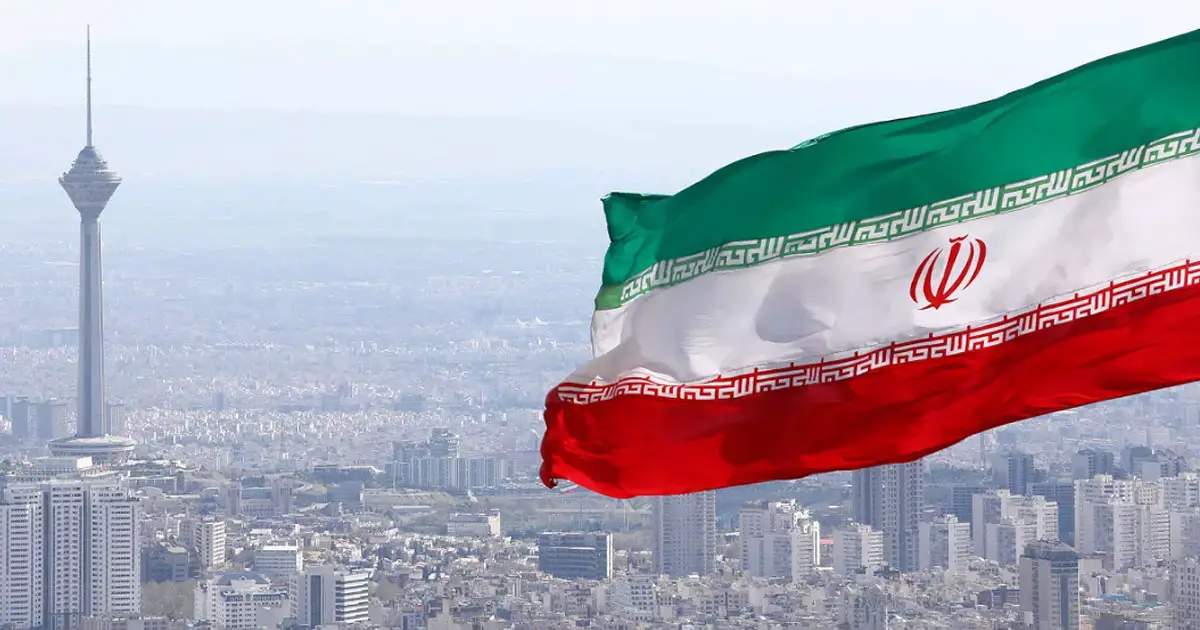
Iran, a country with a rich cultural and historical heritage, often remains a mystery to many outside its borders. While it's frequently in the headlines for political reasons, there are countless fascinating facts about Iran that are lesser known to the general public. Here are 10 such unknown facts about Iran:
1. Home to the Oldest Known Wine Production
Iran is considered one of the oldest wine-producing countries in the world. Archaeological evidence suggests that the production of wine in Iran dates back over 7,000 years. The ancient Elamites and Persians were among the first to produce and consume wine, especially in regions like Shiraz, which is still famous for its wine, despite the current ban on alcohol in the country.
2. A Rich Tradition of Miniature Art
Iran is famous for its miniature painting, which has been a part of Persian culture for over a thousand years. These small, detailed works of art often depict scenes from Persian mythology, royal life, and nature. Persian miniatures are considered masterpieces of art, known for their intricate details and vivid colors.
3. Iran Has the World’s Largest Persian Carpet Industry
Persian carpets are world-renowned for their beauty and craftsmanship, and Iran is home to the largest carpet industry in the world. Persian carpets are woven using intricate techniques that can take months, even years, to complete. Cities like Isfahan, Kashan, and Tabriz are the main hubs for carpet weaving, and these carpets are highly prized as art pieces.
4. The World’s First Charter of Human Rights
One of the oldest documents advocating for human rights is the Cyrus Cylinder, which dates back to 539 BCE during the reign of Cyrus the Great, the founder of the Achaemenid Empire (Persian Empire). Often considered the first declaration of human rights, it was issued after Cyrus conquered Babylon and granted religious freedom and civil liberties to the people under his rule.
5. Iran Has More Than 70% of the World’s Safavid Architecture
The Safavid dynasty (1501–1736) is credited with shaping the architectural landscape of Iran, with iconic structures such as Isfahan’s Imam Square, Shah Mosque, and the Ali Qapu Palace. Iran is home to over 70% of the world’s remaining Safavid architectural monuments, making it a significant center for art and design from this period.
6. Iran is One of the World's Most Diverse Countries
Iran is incredibly geographically and ethnically diverse. While it’s often associated with a single culture or ethnicity, it is home to more than 70 ethnic groups, including Persians, Azeris, Kurds, Lurs, Balochs, Arabs, and many others. This diversity extends to languages as well, with over 70 different languages spoken across the country.
7. The First Postal System in the World
The concept of organized postal services is believed to have been pioneered by the Persians under Darius the Great around 500 BCE. The Persian postal system, called the Angarium, allowed for fast communication across the vast Persian Empire, using mounted couriers and stations along well-maintained roads.
8. The Largest Historical Covered Bazaar
The Grand Bazaar of Isfahan, Tehran’s Grand Bazaar, and Tabriz’s Bazaar are among the largest covered bazaars in the world. However, the Tabriz Bazaar is particularly significant as it holds the title of being the largest historical covered bazaar in the world. It has been in operation for over 1,000 years and is a UNESCO World Heritage site.
9. A Diverse Cuisine Beyond Kebabs
While Iranian cuisine is often associated with kebabs, the country's food culture is highly varied. Iran has a wide array of dishes, with steamed rice (such as Chelo and Polow) forming the base of many meals. Fesenjan (a stew made with pomegranate and walnuts), Ghormeh Sabzi (herb stew), and Kuku Sabzi (herb frittata) are just a few examples of Iran's rich culinary traditions that often go unnoticed abroad.
10. A Land of Ancient Zoroastrianism
Iran is the birthplace of Zoroastrianism, one of the world’s oldest known religions, founded by the prophet Zoroaster around 1,500 BCE. Although now a minority religion in Iran, the Zoroastrian community remains active, and the country is home to ancient Zoroastrian fire temples, including the Atash Behram in Yazd, which houses the oldest continuous fire in the world, believed to have been burning for over 1,500 years.
Conclusion
Iran is a country rich in history, culture, and diversity. From the world’s oldest known wine production and the birthplace of Zoroastrianism to ancient human rights documents and architectural wonders, Iran offers countless hidden gems that the average person may not be aware of. These facts underscore the depth of Iran’s contribution to global culture, history, and civilization, beyond its current political landscape.
©Gulf DN
